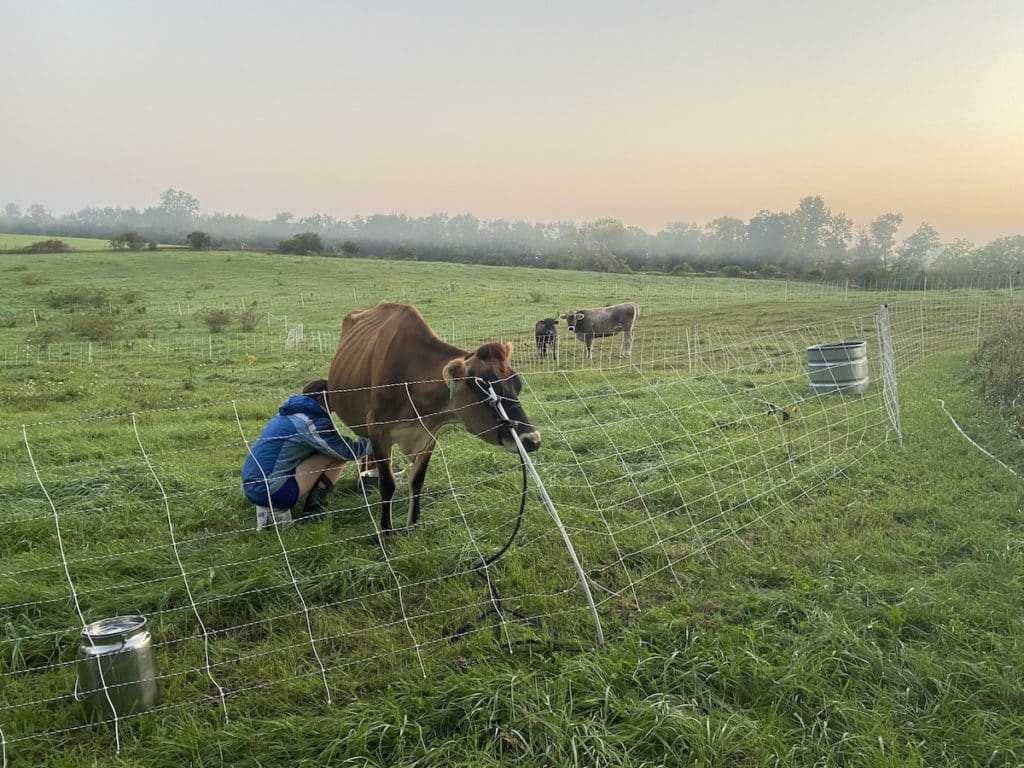Are you considering adding bees to your 15-acre homestead? This decision can transform your homestead into a buzzing paradise of productivity and sustainability. Beekeeping on a homestead offers numerous benefits, from pollination to honey production. With the right approach, your homestead can flourish with the addition of these industrious insects.

The Benefits of Beekeeping on a Homestead
Beekeeping is not only an enriching hobby but also a sustainable way to enhance your homestead’s productivity. By adding bees, you improve pollination, leading to better yields in your gardens and orchards. Additionally, bees produce honey, wax, and other valuable products, offering both personal and potential commercial benefits.
Pollination Power
Bees are nature’s pollinators, and their presence can significantly boost the productivity of your crops. With a 15-acre homestead, having bees ensures that your plants are well-pollinated, resulting in healthier and more abundant harvests.
Honey Production
Honey is a delicious and versatile product you can harvest from your bee colonies. Not only can it be a sweet treat, but it can also serve as a natural sweetener and ingredient in various recipes. Plus, surplus honey can be sold or bartered within your community, adding economic value to your homestead.
Getting Started with Beekeeping
Starting beekeeping on your 15-acre homestead requires some preparation and understanding. Here’s a step-by-step guide to help you begin:
Research and Education
Before introducing bees to your homestead, educate yourself about beekeeping. Consider taking courses, reading books, and connecting with local beekeeping groups. Understanding bee behavior, hive management, and local regulations is crucial for success.
Choosing the Right Bee Species
Different bee species have varying characteristics. Research the types of bees that thrive in your climate and suit your goals. Common choices include the European honeybee and the Carniolan bee, both known for their docility and productivity.
Setting Up Your Apiary
Choose an appropriate location for your bee hives. Ensure it’s away from high-traffic areas and has a water source nearby. Consider using natural barriers like trees or shrubs to protect the hives from wind and predators.
Maintaining Your Bee Colonies
Once your bees are settled, maintaining healthy colonies is essential. Regular inspections, providing nutrition, and managing pests are all part of responsible beekeeping.
Regular Inspections
Inspect your hives regularly to monitor the health of your colonies. Check for signs of disease, pests, and adequate food supply. Regular inspections help prevent issues from escalating.
Feeding and Nutrition
Ensure your bees have access to a balanced diet. During times when natural forage is scarce, provide supplementary feeding using sugar syrup or pollen patties.
Pest and Disease Management
Bees can be susceptible to various pests and diseases. Implement an integrated pest management approach to keep your colonies healthy. Regularly monitor for mites, beetles, and other threats.
Legal and Safety Considerations
Before starting beekeeping, familiarize yourself with local regulations and safety guidelines. Register your hives if required and ensure your neighbors are comfortable with your beekeeping activities.
Understanding Local Regulations
Research local beekeeping laws and zoning regulations. Some areas may have restrictions on the number of hives you can keep or require specific permits.
Ensuring Safety
Beekeeping can be safe with the right precautions. Wear protective clothing when handling bees and ensure those around you are aware of potential allergies.
Beekeeping as a Community Activity
Beekeeping can foster a sense of community and collaboration. Consider sharing resources, knowledge, and experiences with fellow homesteaders or local beekeeping groups.
Joining Beekeeping Associations
Connect with local beekeeping associations to access resources, workshops, and support. These groups often provide valuable insights and networking opportunities.
Hosting Beekeeping Workshops
Share your knowledge with others by hosting workshops on your homestead. This can be a great way to educate and inspire others to start their own beekeeping ventures.
Conclusion: Embrace the Buzz of Beekeeping
Adding bees to your 15-acre homestead is a rewarding journey that enhances your land’s productivity and sustainability. With careful planning, education, and dedication, your homestead can thrive with the help of these industrious pollinators. Embrace the buzz, and watch your homestead flourish!

FAQs
1. How many bee hives should I start with?
Starting with two to three hives is ideal for beginners. This allows you to compare hive health and learn different management techniques.
2. What equipment do I need for beekeeping?
Basic beekeeping equipment includes hives, protective clothing, a smoker, and tools for hive inspections. Investing in quality gear is essential for successful beekeeping.
3. Can I keep bees if I have allergies?
If you have bee allergies, take precautions by wearing protective clothing and having allergy medication on hand. Consult a healthcare professional for personalized advice.





